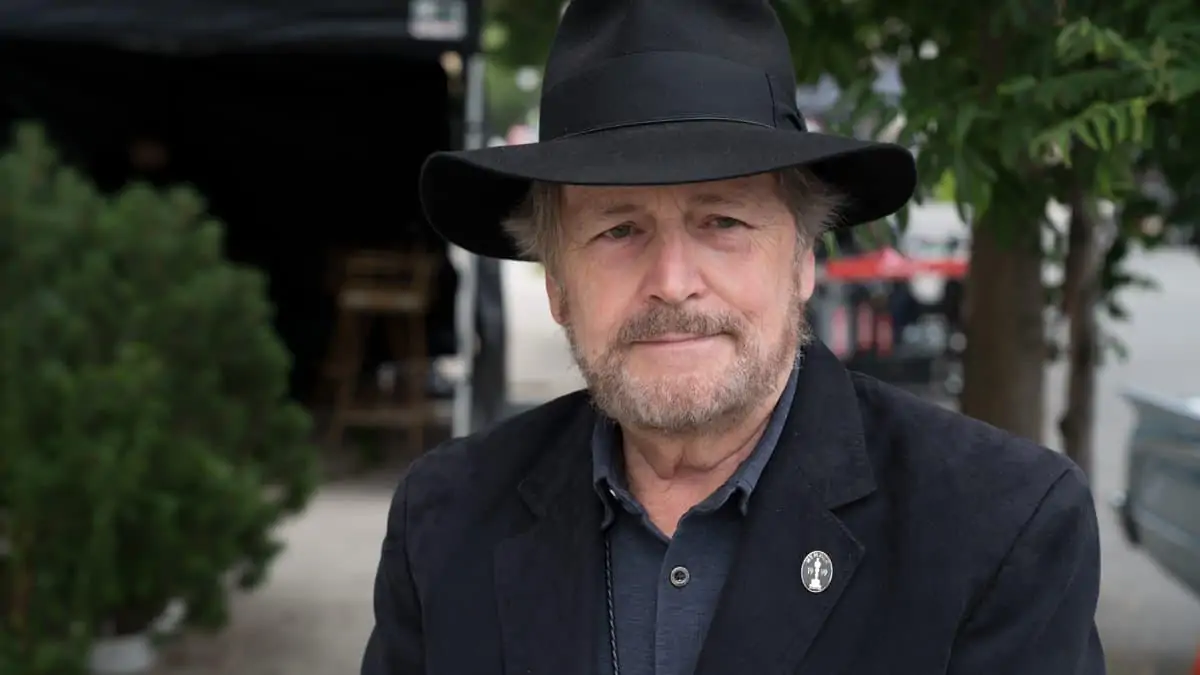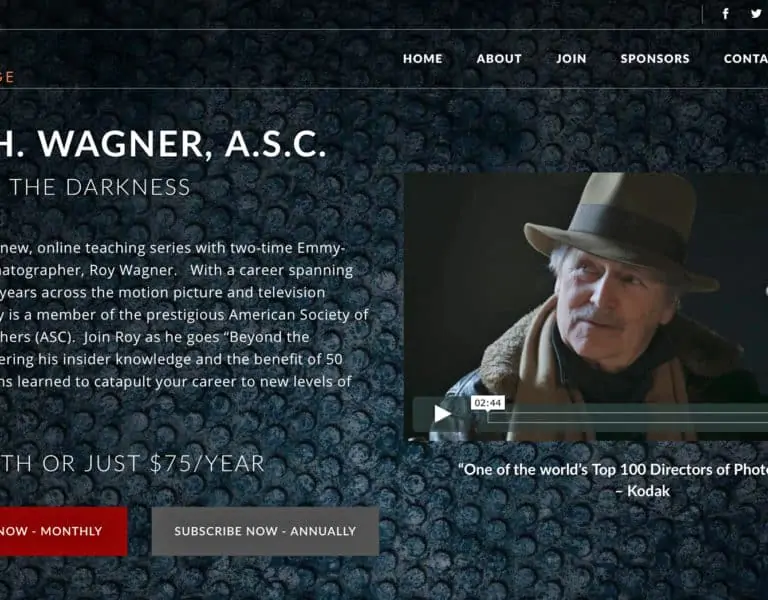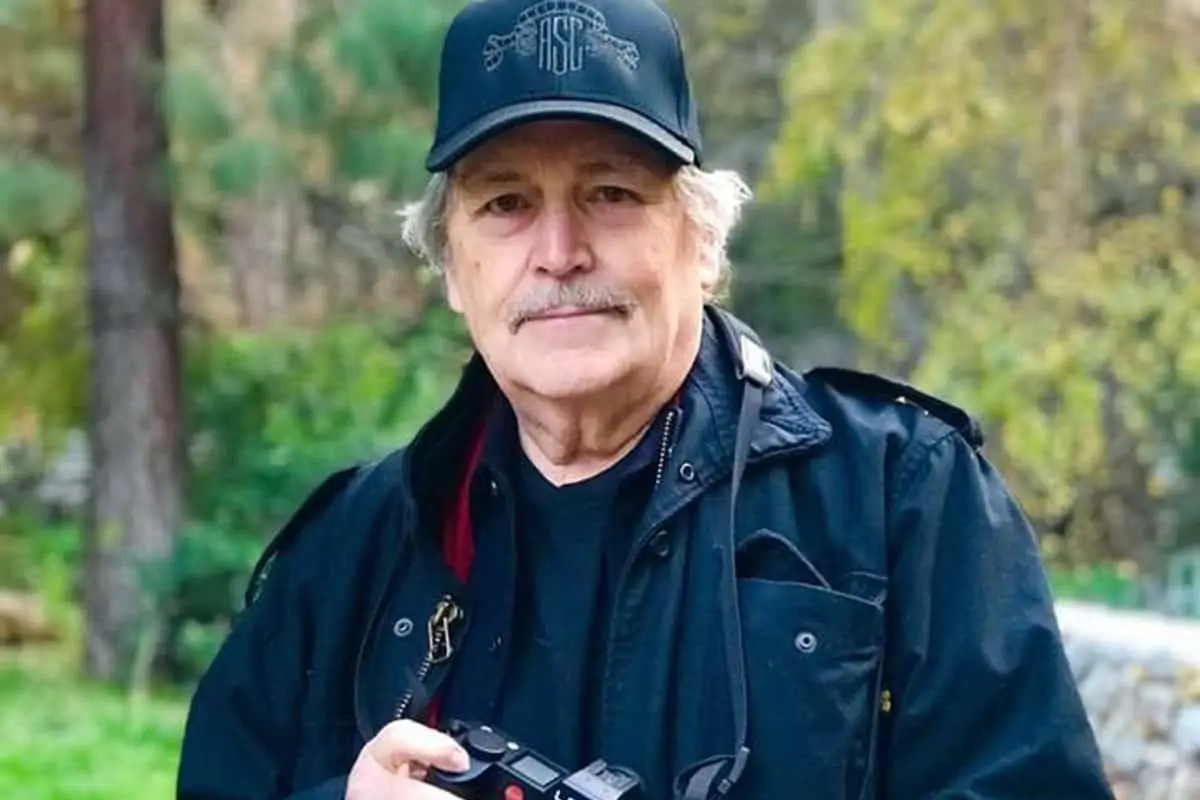British Style
Letter from America / Roy H Wagner ASC
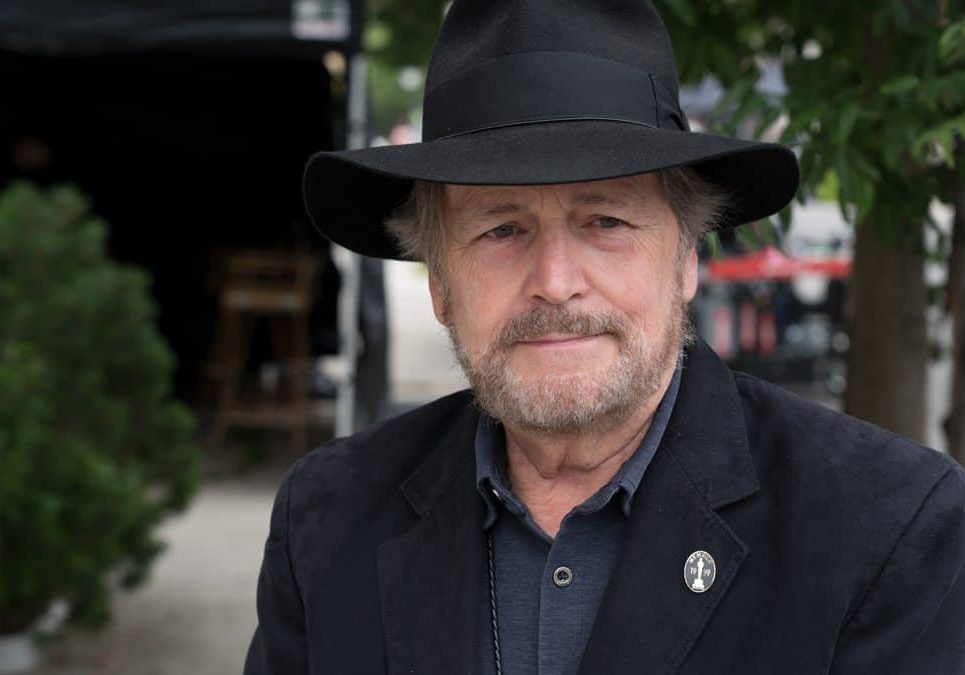
British Style
Letter from America / Roy H Wagner ASC
Born and raised in a tiny village of 10,000 in the middle of America. Flat farm lands as far as the eye could see. The cinema was our only hope to believe our dreams fulfilled. Every Friday or Saturday night my parents would take us to the movies, where I was more enamoured with the dancing shafts of light from the projection booth than I was with the images on the screen.
One afternoon, escorted behind the steel door of the projection booth, I discovered the magic that truly was the movies. Realising my fascination, an old man threading the projector shouted above the clattering, “If you really want to make movies, look for the name below the title – the director of photography. They create the world inside that box.” Many years later my mentor would often remind his directors, “The only reality is what’s inside that frame.”
The 1950s saw great change in America and the world. Our Technicolor dreams could not weather a new reality emanating from the social revolution occurring in Britain and Europe. It may not be fair that you were in the midst of a cultural revolution much earlier than Americans, and yet I wonder if we would have produced Black Narcissus (1947) or The Red Shoes (1948), The Third Man (1949), Lolita (1962), the Ealing comedies, or A Hard Day’s Night (1964)? To this day, watching the opening scenes of Douglas Slocombe’s photography on Julia (1977) is a spiritual lesson in exposure. Take Guy Green’s B&W images on the moors for Great Expectations (1946) and Jack Hildyard’s astonishing location photography – with difficult CinemaScope lenses and a new Eastman Color technology – on Bridge On The River Kwai (1957). Your films were different. The ways that British cinematographers used colour, light and movement made all of us aware that there were many more ways to see and for stories to be told.
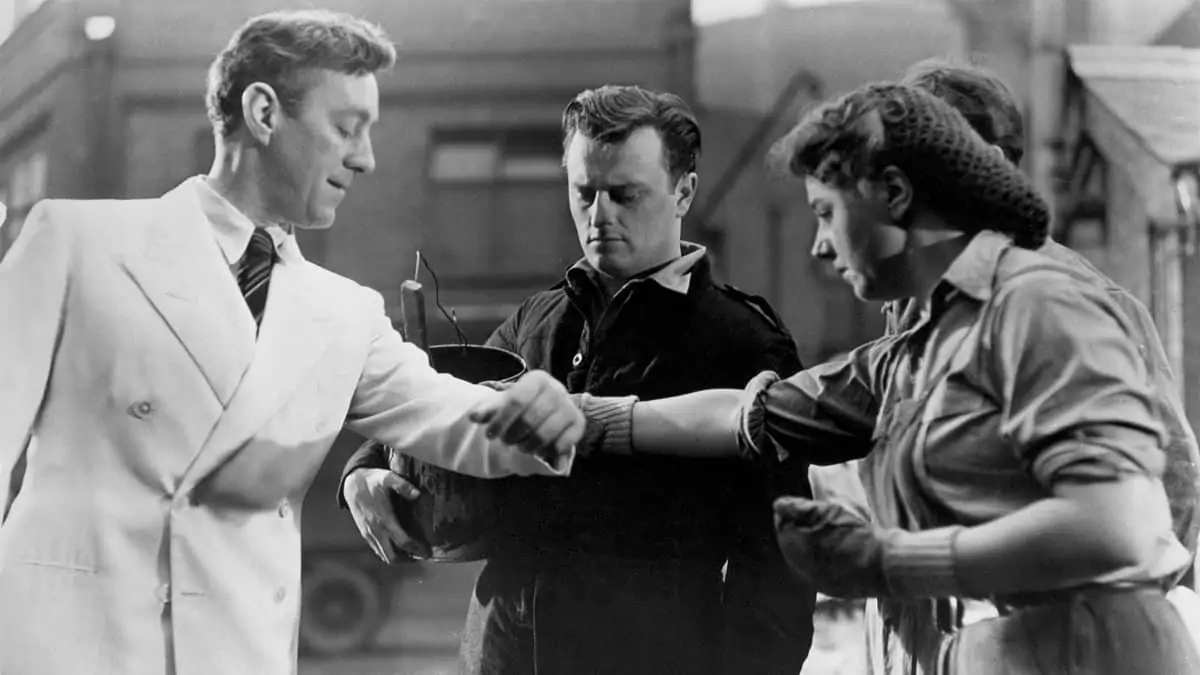
In Hollywood we were still making flights of fantasy in VistaVision, CinemaScope and Cinema with Stereophonic Sound. The incredible, technically perfect images overpowered much of the storytelling during this era, while British cinematographers were introducing a new way to tell visual stories. We discovered that Technicolor in the hands of Oswald Morris or Jack Cardiff could produce images that the laboratories never thought possible. Robert Krasker and Douglas Slocombe could create reality or fantasy through their B&W images. If there could be a modern Charles Dickens, who better to tell of cultural and industrial revolution than Ealing and Slocombe? Consider Kind Hearts And Coronets (1949) and The Man In The White Suit (1951). What you did with the moving camera, even on the Eady Levy films, I had never seen before. We were accustomed to camera movement as a compensation, moving with the characters. In your films the camera could counter the actor’s movement, revealing a more expansive view of the scene or using movement as a means to express more about the characters, drawing into an actor to reveal sub-textural thoughts or moving away to isolate.
All of these artists and the many more that followed, including Freddie Francis’ extraordinary The Innocents (1961), suggested that we could use photography as a psychological tool – with subtle play of CinemaScope, from expansive daylight through to the crushing isolation of shadows and the night.
"My youthful observation of British cinematography allowed me to discover that there was more to camera placement, composition and movement than just using the camera as a capture device. British cinematographers were using the camera as an interpretive tool."
- Roy H Wagner ASC
My youthful observation of British cinematography allowed me to discover that there was more to camera placement, composition and movement than just using the camera as a capture device. British cinematographers were using the camera as an interpretive tool.
Here we are, nearing our one hundred years in the ASC, and yet it’s critically important to remember how many of our master cinematographers were immigrants, many from Britain, many who came to America to photograph American films and yet – never forgetting their homeland and extraordinary legacy – chose to return home to contribute to your legacy.
I always admired those cinematographers who remained members of the British filmmaking community. We often asked each other, “Why is their work so different? Was it the light? Was it the water mixed with the chemistry used in the labs?” Possibly it was the discipline required to sustain membership in the filmmaking community. Maybe it was your sense of community, being a part of a national treasure.
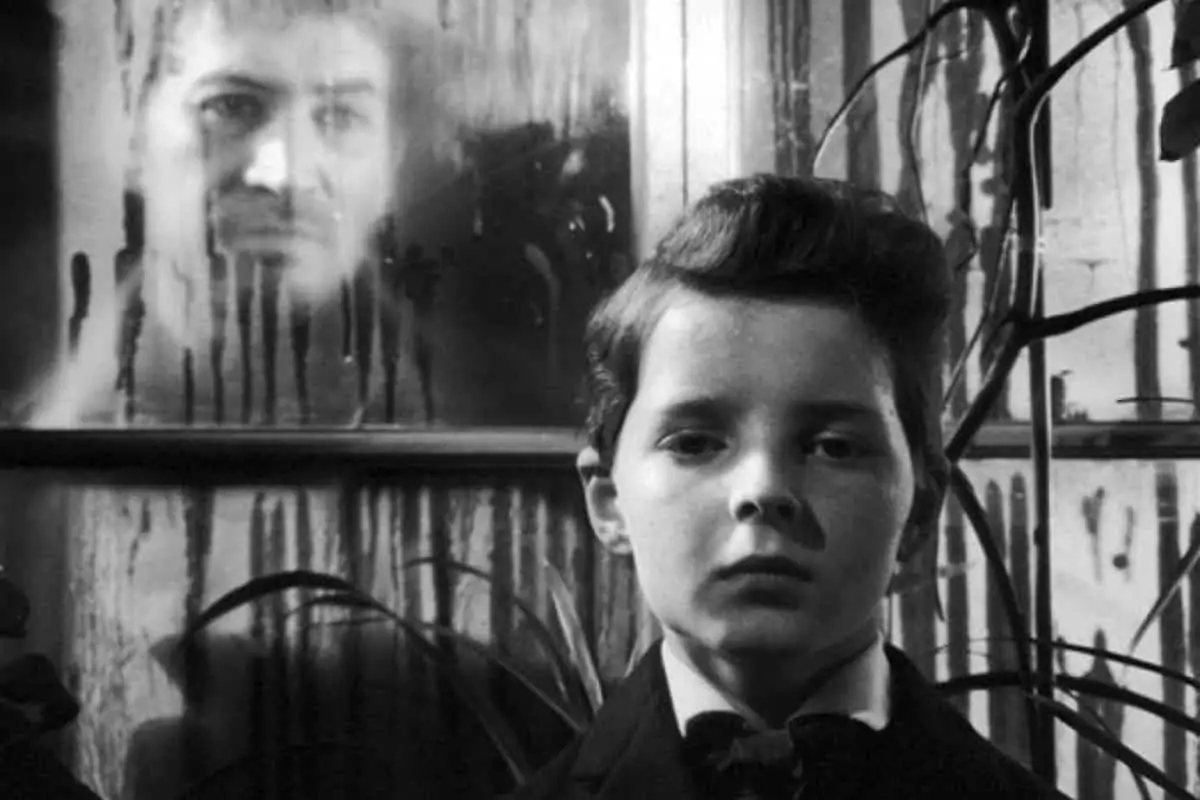
Having spent 50 years in the motion picture business I believe that the master cinematographers, whether British or American, have one powerful thing in common. It’s the extraordinary camaraderie amongst themselves and team members who help to make us better than we are alone. There’s also the tradition of respecting each other in spite of our differences. After all, we are all competing for the same job. To sustain dignity amongst ourselves is critical. In Hollywood as in Britain the great labs knew us and protected us. No better friend could ever have been had. Finally, the contribution that Samuelson’s had with cinematographers is incalculable.
The greatest gift for those of us who love to chase light and shadows is that this generation of British Cinematography continues to reinvent cinematography in extraordinary ways. I still love to turn and watch the dancing light emanating from the projection booth, although I’m finding I’m spending more time watching the screen now.
